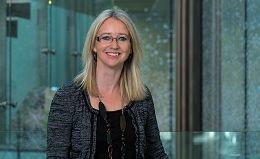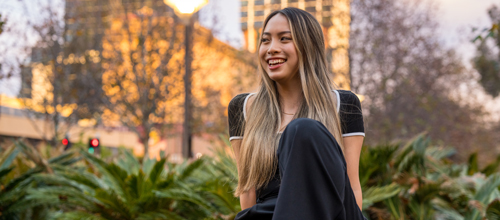26 August 2013
 Accelerating the human body’s own repair mechanisms to improve chronic wound treatment is the focus of an upcoming University of South Australia free public lecture to be held on August 27.
Accelerating the human body’s own repair mechanisms to improve chronic wound treatment is the focus of an upcoming University of South Australia free public lecture to be held on August 27.
According to UniSA’s Professor Allison Cowin, the consequences of chronic wounds have a broad and underestimated impact on society.
In the lecture Innovative therapies for treating wounds, she will outline new technologies for wound repair currently being developed, which will improve the lives of people with diabetes, the elderly, children with burn injuries and patients recovering from surgery.
“One to two per cent of Australians will experience a chronic wound during their lifetime. In many cases these wounds don’t easily heal because of a lack of knowledge on diagnosing and treating them. This results in a dramatic increase in the number of people who are unnecessarily affected by wounds,” Prof Cowin says.
“Harnessing the expertise of biomaterial scientists and biological researchers, we are working to establish innovative approaches to wound repair.
“We are developing new dressings for treating wounds, which regenerate damaged tissues and organs in the body by either replacing the damaged tissues or by stimulating the body's own repair mechanisms to heal previously irreparable tissues or organs.”
It may sound like the stuff of science fiction but repairing wounds and re-growing tissue and even limbs is not as far-fetched as it seems. At the core of her research, Prof Cowin is improving our understanding of how the body repairs itself.
“If an axolotl loses a limb, it’s able to re-grow the missing arm or leg. Unfortunately, we (humans) have lost this fundamental ability however we still possess an amazing capacity to repair ourselves,” Prof Cowin says.
“Once we are able to understand the body’s own process of renewal, we will be in the position to make wounds heal themselves perfectly. While it’s still a long way off, this is what we are working towards.”
A National Health and Medical Research Council (NHMRC) Senior Research Fellow, Prof Cowin is a leading researcher in the area of wound healing and scar formation and Program Leader of the Wound Management Innovation Cooperative Research Centre.
Part of UniSA’s Knowledge Works public lecture series, Prof Cowin’s lecture will be held at UniSA’s new Materials and Minerals Science Building on Tuesday, August 27, 6pm-7pm. To register to attend, go to http://www.unisa.edu.au/knowledgeworks
Media Contact
Rosanna Galvin office (08) 8302 0578 mobile 0434 603 457 email rosanna.galvin@unisa.edu.au




